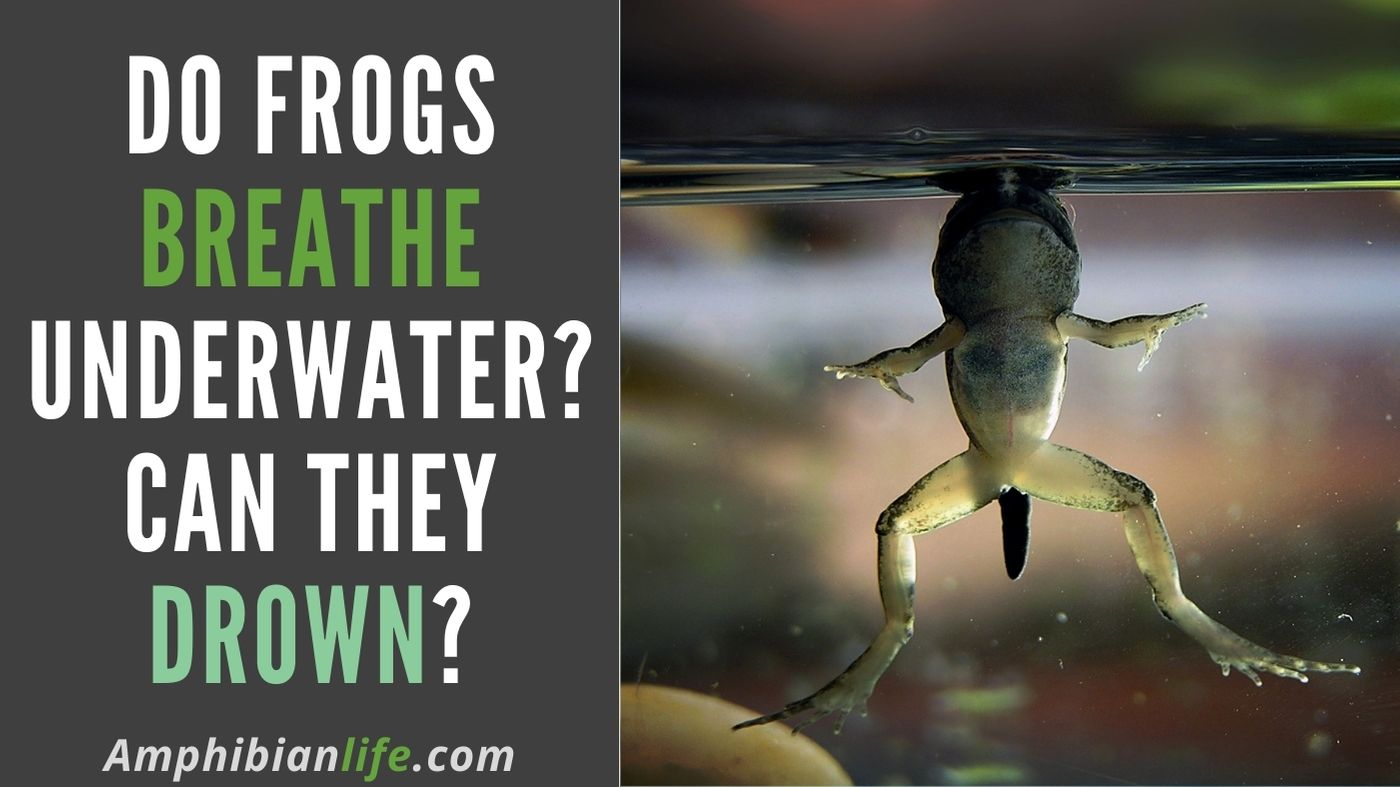Amphibians Breathe Through On Land

On the other hand the adults can live and breathe both on land and underwater for part of the time.
Amphibians breathe through on land. Amphibians can breathe underwater because they can absorb dissolved oxygen through their skins when underwater. Amphibians are animals that can live on land or in water and they are characterized by moist glandular skin gills and a lack of scales. Below are some of the characteristics shared by the amphibians.
Time Spent In Water and On Land. Amphibians Live on Land and in the Water. Most amphibians begin their lives in water and eventually adapt to life on land by developing lungs and limbs that allow them to move on land.
To exchange gases terrestrial reptiles depend on their lungs. They can breathe through the lungs or gills. With the exception of a few frog species that lay eggs on land all amphibians begin life as completely aquatic larvae.
Their larvae not yet fully developed offspring mature in water and breathe through gills like fish while adults breathe air through lungs and skin. One of the most popular reptiles in the world are crocodiles. At this young stage the offspring breathe through the gills and after some time they develop lungs through a process known as metamorphosis.
Some common examples are frogs toads salamanders and newts. Some amphibians can hold their breath for hours. As weve already learned amphibians are very different from reptiles.
The larvae mature while in the water. Amphibians breathe through the skin cutaneous respiration to keep the skin moist and prevent desiccation they have glands through which they secrete mucus. Carnivorous four-legged vertebrates that are coldblooded go through metamorphosis have primitive lungs live on both land and in water and that have.



















